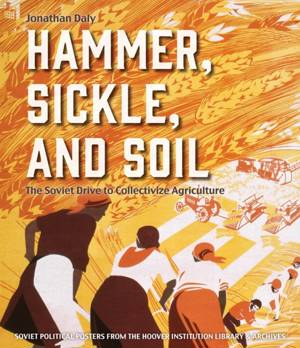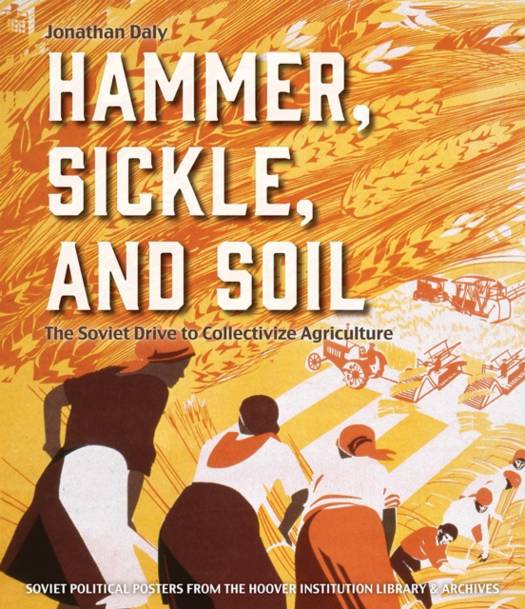
- Afhalen na 1 uur in een winkel met voorraad
- Gratis thuislevering in België vanaf € 30
- Ruim aanbod met 7 miljoen producten
- Afhalen na 1 uur in een winkel met voorraad
- Gratis thuislevering in België vanaf € 30
- Ruim aanbod met 7 miljoen producten
Zoeken
Hammer, Sickle, and Soil
The Soviet Drive to Collectivize Agriculture
Jonathan Daly
Hardcover | Engels
€ 69,95
+ 139 punten
Omschrijving
In Hammer, Sickle, and Soil, Jonathan Daly tells the harrowing story of Stalin's transformation of millions of family farms throughout the USSR into 250,000 collective farms during the period from 1929 to 1933. History's biggest experiment in social engineering at the time and the first example of the complete conquest of the bulk of a population by its rulers, the policy was above all intended to bring to Russia Marx's promised bright future of socialism. In the process, however, it caused widespread peasant unrest, massive relocations, and ultimately led to millions dying in the famine of 1932-33. Drawing on scholarly studies and primary-source collections published since the opening of the Soviet archives three decades ago, now, for the first time, this volume offers an accessible and accurate narrative for the general reader. The book is illustrated with propaganda posters from the period that graphically portray the drama and trauma of the revolution in Soviet agriculture under Stalin. In chilling detail the author describes how the havoc and destruction wrought in the countryside sowed the seeds of destruction of the entire Soviet experiment.
Specificaties
Betrokkenen
- Auteur(s):
- Uitgeverij:
Inhoud
- Aantal bladzijden:
- 176
- Taal:
- Engels
Eigenschappen
- Productcode (EAN):
- 9780817920647
- Verschijningsdatum:
- 1/08/2017
- Uitvoering:
- Hardcover
- Formaat:
- Genaaid
- Afmetingen:
- 251 mm x 284 mm
- Gewicht:
- 1292 g

Alleen bij Standaard Boekhandel
+ 139 punten op je klantenkaart van Standaard Boekhandel
Beoordelingen
We publiceren alleen reviews die voldoen aan de voorwaarden voor reviews. Bekijk onze voorwaarden voor reviews.











